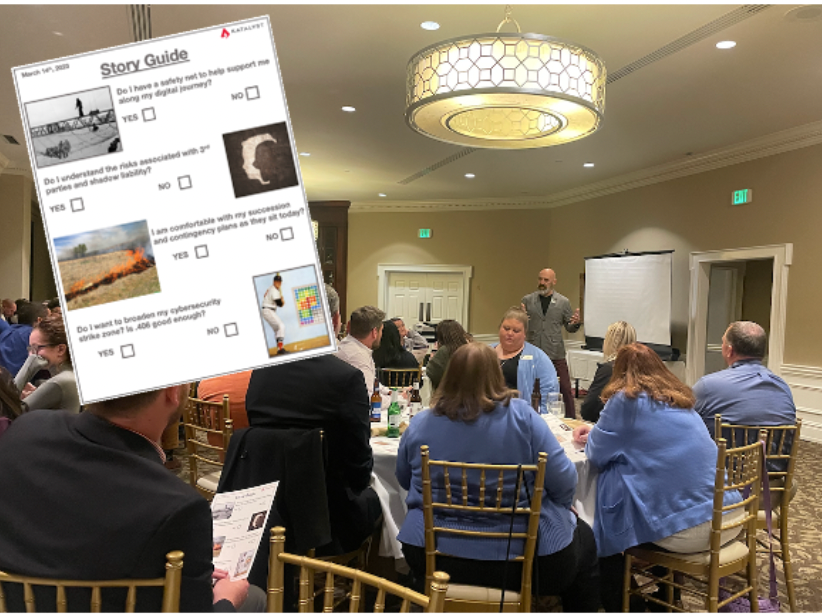When it comes to learning new concepts or skills, there are “readers”, “seers” and “doers”.
Readers can spend time scouring books or other written media to translate into results.
Seers, typically learn through reading as well but for the content to stick they require watching examples or maybe participating in a lecture.
Doers, likewise learn through the written word, pick up more by observing, but also require that extra step of applying what they have learned.
What about the longevity of knowledge retention?
Studies show that studying alone retains only about 28% of what you learned with an increase of 18% once repeated (LINK). Change the dynamic to a group setting and that initial retention jumps to 64%.
Nomadic Learning or NovoEd
Harnessing collaborative learning is increasingly becoming widely adopted through platforms such as Nomadic Learning or NovoEd which enable organizations to better collaborate and share knowledge. This is a far cry from the eLearning model we’ve been accustomed to over the years.
We can also take cues from the educational system today in that they’ve been adopting more and more collaborative, cohort models of learning. Products like Google Classroom along with the proliferation of laptops, MacBooks, iPads, smart phones, etc. are beginning to unshackle students from tackling homework or projects alone. Technology tools not only can increase group learning, they make our lives more efficient.
Balancing Technology and Physical Connections
In previous blogs, there’s a recurring theme we use around effective human interaction balanced between technology and physical connections. The push and pull between technology and in-person collaborating is ever-present. Finding ways to rapidly learn new skills and share ideas fits well within this journey.
You can easily pull in a team on a Webex to kick around a challenge or problem to solve, but sometimes you just need a room with a whiteboard.
The path you and your team choose, and the success of the desired outcome is clearly best served if everyone is working as group and not in isolation.




